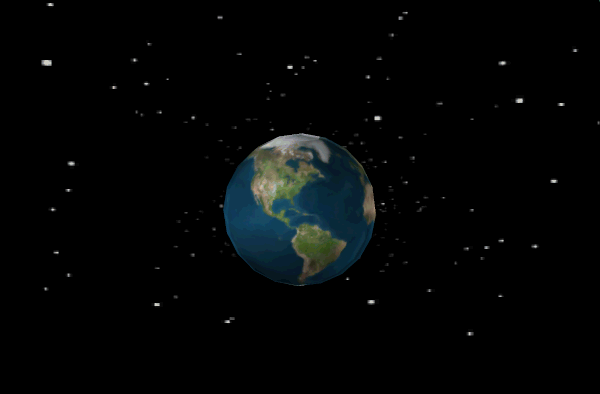top of page

GCSE Geography

Happisburgh Case Study: Impacts of coastal recession
Happisburgh is a village located in East Anglia in the East coast of Britain, which is under threat from coastal recession is to the North West of London and Norwich and it neighbours the North Sea. Happisburgh is one of the fastest eroding places in the UK.
-
40 feet of coastline is lost each year in Happisburgh.
-
In 1958, Happisburgh was defended with Revetments which reduced erosion by upsto 50 cm per year. However now the government has refused to protect the coastline because it is too expensive and Happisburgh is a small village
-
Three golf courses under threat, this means that people will have less leisure facilities and it will affect tourism.
-
25 properties and lifeboat stations had gone into the water, this has made numerous people homeless and they also lose all the money they invested in their properties. Some homes near the sea are worth just £1. The rapid depreciation the value of properties leads to depression and other health problems which were seen among residents.
-
Methods such as croynes and rip rap are used to protect Happisburgh. Reidents raised £400000 to buy rip rap.

Coastal Management
Barton on Sea Case Study: Impacts of coastal recession
Barton on sea is located on the south coast of England. It is to the south west of southampton and to the West of Portsmouth. It neighbours the English channel, it's located in the county of Hampshire. It has a population of more than 24,000.
-
In 1970's groynes and rip rap were put at the bottom of the cliff at Barton on sea at a cost of £1million.
-
In 1975, a cafe had to be demolished because it was too close to the falling cliff , this meant a reduction in tourist facilities and also this had a detrimental impact on the owner of the cafe.
-
In the same year Manor Lodge which was worth £40,00 had to be demolished.
-
In 2004, 300 m of cliff path was closed due to cliff slipping,
-
Groynes are also used to defend Barton on sea.
-
Rip rab is also used in Barton on sea.

Coastal Defences:
There are are two types of coastal defences:
Hard engineering a is the use of man made/articial defences to slow down then process of erosion
Soft engineering is the use of natural resources to inhibit erosion.
Hard Engineering methods include:
-
Recurred sea walls- these are hard walls made of concrete which absorbs wave energy, it protects homes and businesses/
-
Groynes- these are barriers which stop the process of longshore drift by trapping the sand.
-
Gabions - are wire cages filled with boulders which absorb wave energy.
-
Revetments- are curved steep structures which stop waves breaking at cliffs
Methods of soft engineering include:
-
Beach replenishment- putting the sand that has been transported away back,
-
Managed retreat- this involves managing the erosion by allowing areas to be flooded.
-
Cliff regrading-cliffs are made less steep by regrading them so that slippage doesnt occur as quickly.
bottom of page